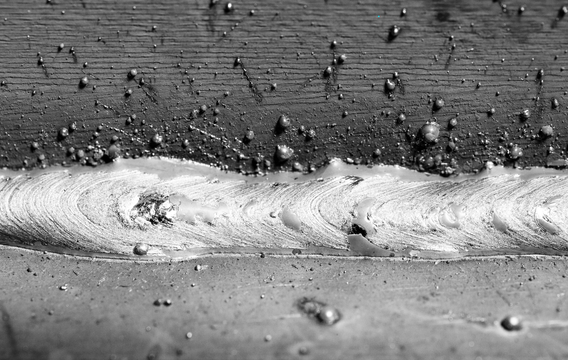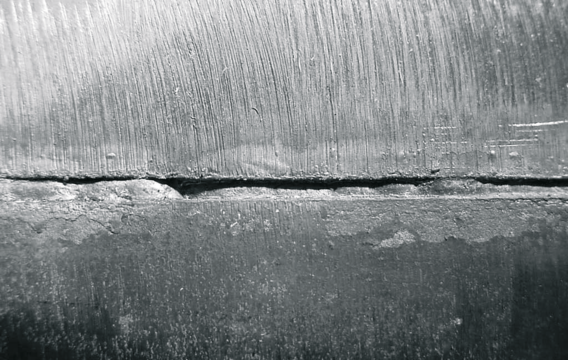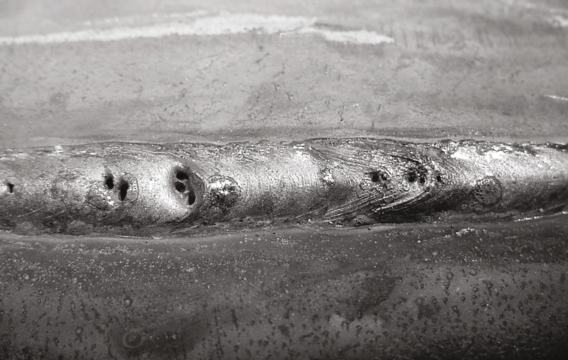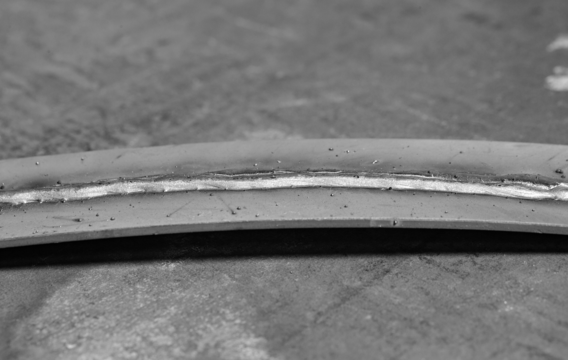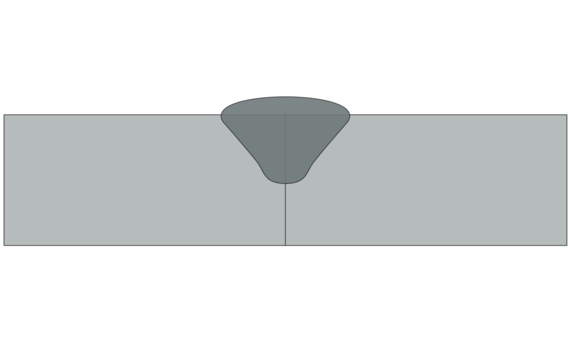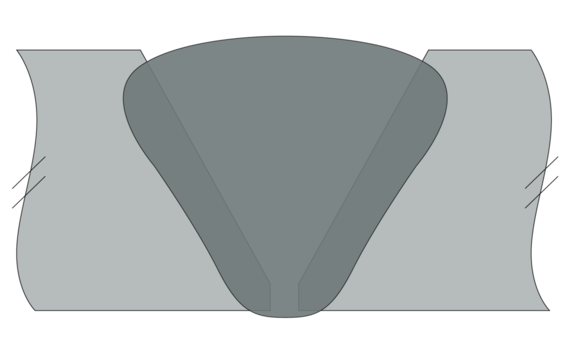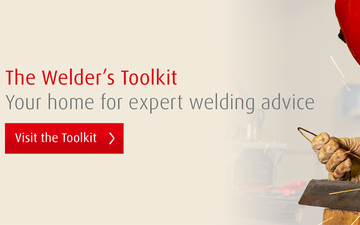- Official BOC UK Online | Industrial Gases | Products & Solutions | BOConline UK
-
Shop
- Industries
- Processes
- Gases & Equipment
-
Solutions
-
Services
-
Health & Safety
-
Contact & Support
- What's Happening
-
Net Zero Strategies
What’s your Welding Problem?
Posted by BOC
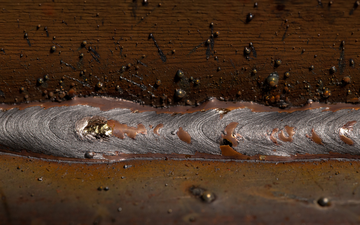
Most welders will be familiar with imperfect welds; poorly fused or distorted joints, spatter, or unwanted holes in a finished job.
The good news is that most of these welding issues are easy to diagnose—and with a little extra care, can be prevented quite easily.
In this blog, we take a look at some of the most common problems you’re likely to encounter and the steps you can take to deal with them.
How to deal with these common issues
There are a number of reasons that you could be experiencing all of these issues. Check the following as a first step:
1. Keep your welding area, parent metal and consumables clean
Rust, paint, grease or other contaminants on your wire, torch nozzle and in your work area can create poor quality welds. Take time to prepare your work area before starting to weld.
2. Choose your shielding gases and shielding gas flow rate carefully
The shielding gases you choose can have a positive, or adverse effect on the weld you produce, depending on each job. Make sure you consider your shielding gases carefully and consider using a flowmeter at the torch nozzle to ensure your gas flow remains at the recommended rate (for more on choosing the right shielding gas click here)
3. Check your welding conditions/settings
Using the incorrect settings for your voltage, current and wire feed speed can have an adverse effect on your weld. Take time to fine-tune your wire feed until you achieve a smooth arc. If your wire feed is erratic, check for dirt and kinks/loops in your torch cables and make sure you’re using the correct tip and wire for your job.
4. Focus on your technique
Poor weld technique can be a major cause of welding issues. A bad torch angle, inconsistency with your weld speed, torch to workpiece distance or even over welding can all create poor quality welds. Make sure during set up, that you are using the right technique for each job.
Visit the Welder’s Toolkit
You can find more detailed information on dealing with all of these common welding problems, as well as advice on your welding processes, equipment and health and safety guidance in the Welder’s Toolkit—our new online resource for the welding community.
